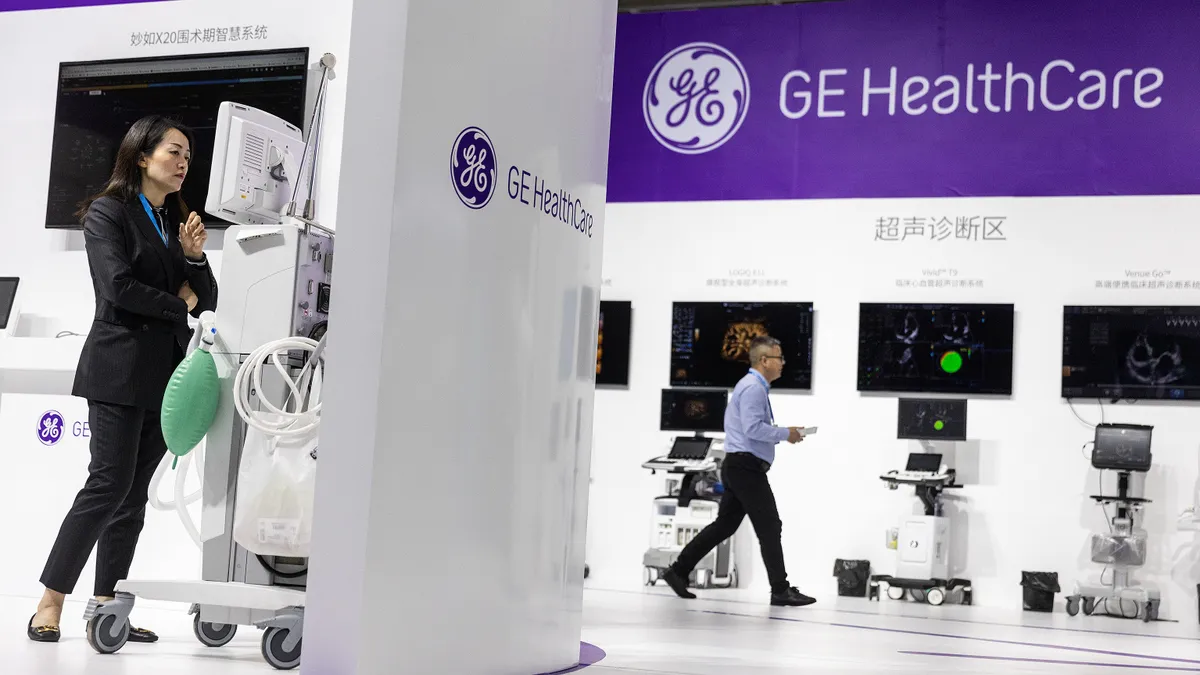GE Healthcare said Monday it will restructure its imaging and ultrasound units and appoint new leaders at both businesses.
Currently, GE Healthcare includes image guided therapies in its imaging unit. The company will move the $1.6 billion therapy business to its ultrasound unit in the third quarter. Combining the two businesses will create a unit with more than $5 billion in annual revenue, the company said in the announcement.
With almost $9 billion in annual revenue, imaging will remain the largest segment after the restructuring.
GE Healthcare said it is aligning image guided therapies with ultrasound “to better match its clinical usage and realize stronger business and customer impact by providing the right image guidance in the right care setting.” The company expects the change to make it more agile and equipped to address future imaging needs in inpatient and outpatient settings.

Roland Rott, the current CEO of the ultrasound unit, will lead the imaging segment starting July 1. Rott joined GE Healthcare in 2011 and became ultrasound CEO in 2021.
GE Healthcare is also promoting Philip Rackliffe, its image guided therapy CEO, to lead the enlarged ultrasound unit. Rackliffe joined the company from the Cleveland Clinic spinout Centerline Biomedical in 2022.
News of the promotions of Rott and Rackliffe comes about two months after GE Healthcare announced the resignation of imaging CEO Jan Makela. After 17 years at GE Healthcare, Makela is set to leave in July to become CEO of hearing aid manufacturer WS Audiology.
Rott will inherit an imaging unit where sales declined year over year by 1% to $2.47 billion in the first quarter. The segment is focused on enhancing gross margin through productivity, price and service contract capture rate. The company told investors on an earnings call in April that it expects imaging orders to increase in the second half of the year.
Meanwhile, ultrasound sales fell by 4% year over year to $824 million last quarter, but GE Healthcare expects product launches to support growth. The launches include a product that targets the mid-tier, rather than the higher-end, segments covered by the company’s existing devices, as well as a wireless probe and artificial intelligence capabilities, CFO James Saccaro said at an investor event in May.











